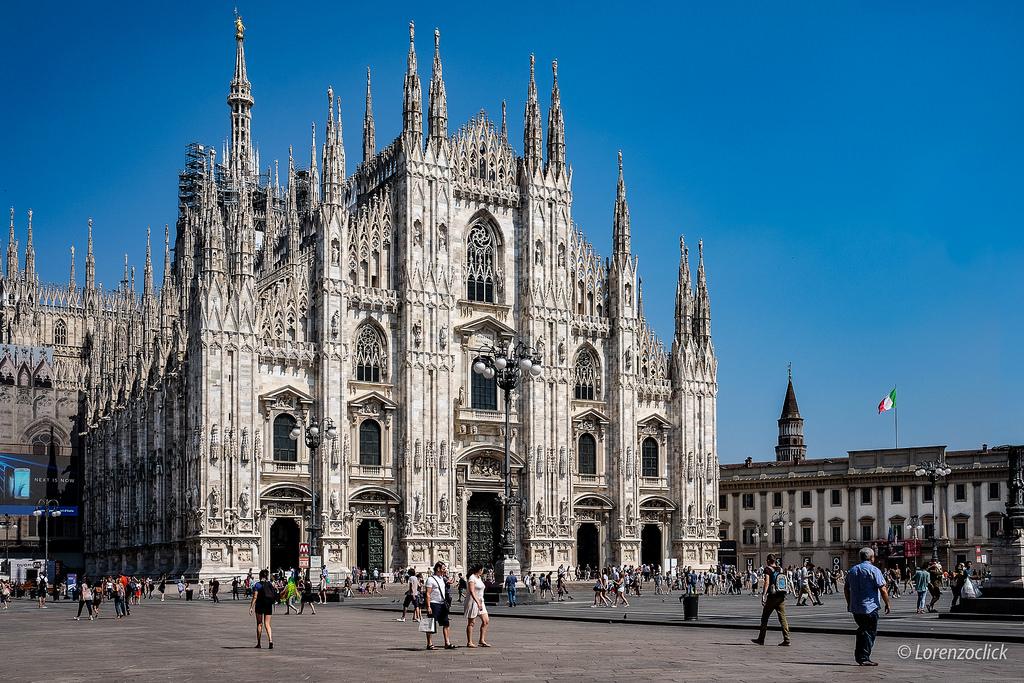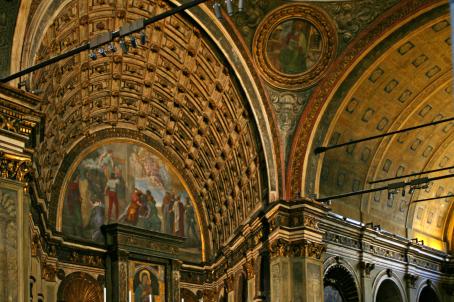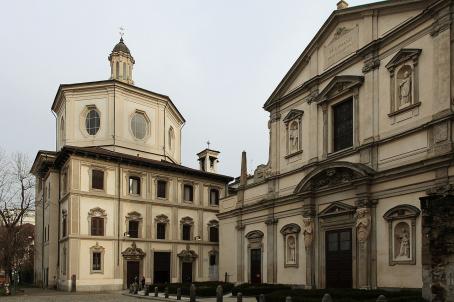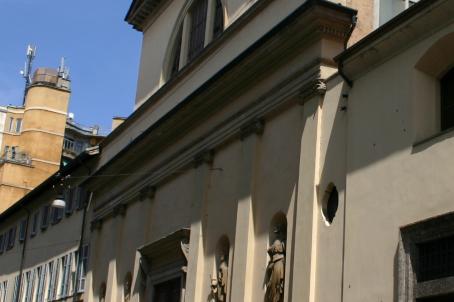Milan Cathedral
Unlike most Gothic cathedrals, which have two towers in front, Milan cathedral's silhouette has a unique shape, being covered in many small pinnacles. With about 3,400 statues, 135 gargoyles and 700 figures, there are more statues on this cathedral than any other building in the world. By climbing the stairs up to the rooftop you’ll experience a breathtaking view of the city of Milan and, on sunny days, the gigantic Alps. Visitors can also see the gold-colored statue of the Virgin Mary standing on the cathedral’s highest spire, also called La Madonnina.
About this building
For more information, please visit the official website.






